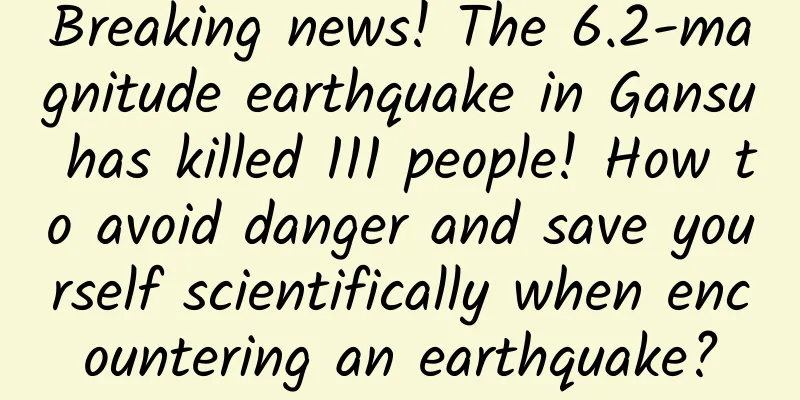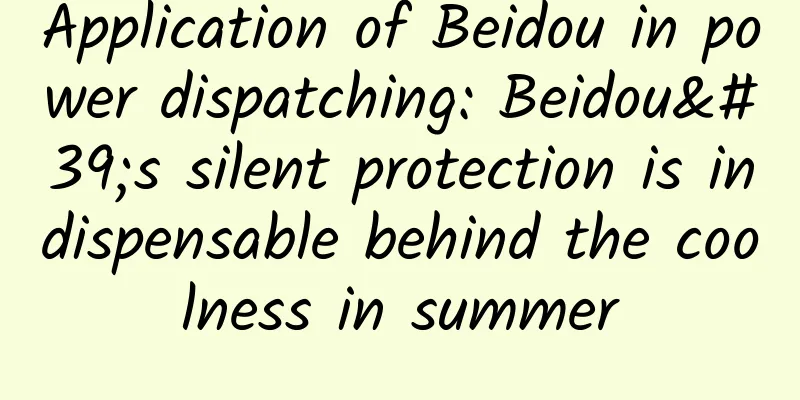Breaking news! The 6.2-magnitude earthquake in Gansu has killed 111 people! How to avoid danger and save yourself scientifically when encountering an earthquake?

|
At 23:59 Beijing time on December 18, a magnitude 6.2 earthquake occurred in Jishishan County, Linxia Prefecture, Gansu Province, with a focal depth of 10 kilometers . As of 2:00 on December 19, a total of 140 aftershocks were recorded, with the largest magnitude being 4.1 , including 6 magnitudes of 3.0 to 3.9 and 2 magnitudes of 4.0 to 4.9. Image source: China Earthquake Networks Center So far, the earthquake has caused 100 deaths in Gansu and 11 deaths in Qinghai , and damaged some infrastructure such as water, electricity, transportation, and communications. Currently, all earthquake relief work is being carried out in an intense and orderly manner. In the early morning of December 19, in Chenjia Village, Dahejia Town, Jishishan Baoan Dongxiang Salar Autonomous County, Linxia Hui Autonomous Prefecture, Gansu Province, rescue forces were organizing supplies and carrying out rescue operations on site. Image source: Xinhua News Agency (Photo by Ma Xiping) In view of the serious earthquake disaster in Jishishan County, Linxia Prefecture, Gansu Province, the State Council's Earthquake Relief Headquarters and the Ministry of Emergency Management have upgraded the national earthquake emergency response to Level 2, and the National Disaster Prevention, Mitigation and Relief Committee and the Ministry of Emergency Management have upgraded the national disaster relief emergency response to Level 3. Disasters often strike suddenly. It takes an average of only 12 seconds from the time a destructive earthquake feels the vibration to the time a building is destroyed! What is the first thing you should do when an earthquake occurs? How to catch the early warning Precious time gained for escape and avoid danger? It is very important to master the correct methods of disaster prevention and risk avoidance in advance → More importantly, strong earthquakes often trigger a series of secondary disasters, and the situation may continue to deteriorate. According to statistics, landslides and other secondary disasters are currently the most common secondary disasters causing casualties. There are two main types of areas prone to earthquake secondary disasters: The first category is next to cliffs, alluvial fan areas, deep in mountain gullies, on the banks of large rivers, and on flat lakesides and shores. These places are prone to secondary disasters such as landslides, collapses, ground subsidence, ground fissures, uneven settlement, barrier lakes, and mudslides during earthquakes. The second category is areas with soft soil and liquefied soil, protruding strips of mountain spurs, towering isolated hills, steep slopes and bluffs, edges of river banks and slopes, areas with structural cracks, and soil layers with uneven origin and lithology (including ancient river channels, loose fault fracture zones, buried pondside valleys), etc. These places are prone to secondary disasters such as surface collapse, sand liquefaction, dislocation and cracks during earthquakes. In addition, there are also fires, epidemics, etc. caused by the destruction of building facilities. (1) Some buildings did not collapse during the main earthquake, but may collapse during aftershocks. Do not approach or use houses that have not been safety-certified to avoid secondary damage. (2) Check for damage to gas pipes, electrical wires, and water pipes. If you smell gas or see a broken pipe, turn off the main valve of the gas pipe from outside the house. Do not light a match to look for gas leaks. Do not touch fallen wires or damaged electrical appliances. (3) If you encounter a landslide, you should flee in the direction perpendicular to the direction of the landslide. In the landslide accumulation area, you should run to high ground on both sides. Do not run to the mountain opposite the landslide. If you hear the sound of a debris flow or a debris flow alarm, immediately flee to the mountainous areas on both sides of the main river. (4) Pay close attention to aftershock information, be careful to prevent earthquake rumors, and do not believe in information released through informal channels. Stay calm in times of danger, avoid risks scientifically, and stay safe! Comprehensive sources: Xinhua News Agency, People's Daily, etc. |
>>: Don’t want to be defeated by viruses in the cold winter? 5 self-checks for disease resistance
Recommend
Don't buy things with a long shelf life because they contain a lot of preservatives? Is this true?
Rumor: "Things with a long shelf life have a...
Effects of Saffron
Medicine is very common, and different medicines ...
Can women eat wolfberry to sober up?
We all know that drinking alcohol is very harmful...
The correct time to take Chinese medicine
There are currently two aspects of treating disea...
What are the ways to consume Cordyceps sinensis powder?
Cordyceps sinensis is a particularly precious Chi...
Who should eat Cordyceps?
The full name of Cordyceps is Cordyceps sinensis,...
Don't be fooled! There are many "goofs" in space science fiction movies and TV shows
Recently, an Italian female astronaut released a ...
The efficacy and function of Rhododendron tatarinowii
The development of Western medicine has brought s...
What are the effects and functions of cat ginseng
Cat ginseng is a type of ginseng. Its effects are...
A must-read for women! How terrible is “corpus luteum rupture”?
The following incident happened at the Asian Game...
The efficacy and function of Elecampane[picture]
The Chinese herbal medicine Inula [picture] is a ...
The efficacy and function of ivory
In modern life, everyone is very familiar with va...
The efficacy and function of Sagittaria
Many people are not very clear about the effects ...
Siberian tigers are on the scene! The "king of the jungle" is not just a saying
Review expert: Wang Lei, National Park and Nature...









